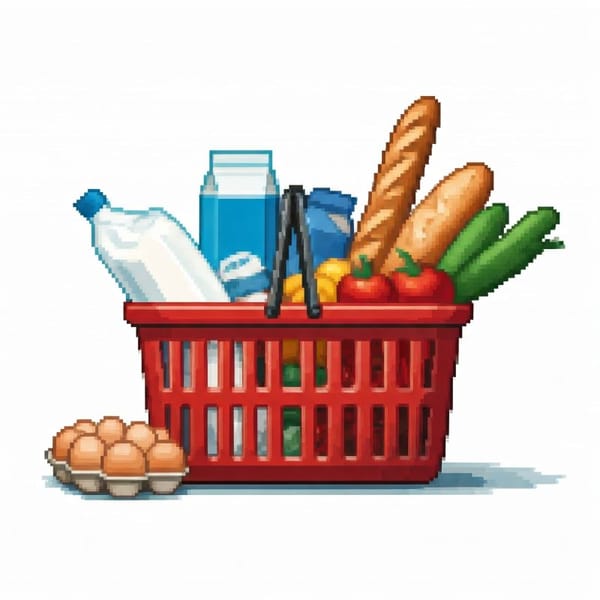How is the expiration date of a product measured?
Know the difference between the best-before date and the use-by date and how the expiration date or shelf life of a product is determined.

Know the difference between the best-before date and the use-by date and how the expiration date or shelf life of a product is determined.


Mexican scientists are developing eco-friendly batteries from recycled plastics, primarily ketchup packets. These thin, lightweight batteries use seawater as electrolyte, costing significantly less than commercial ones. Tested in various devices, they aim to power phones and even cars.

Julián Carrillo's "Sound 13" revolutionized music by breaking the traditional 12-tone system. Inspired by subdividing violin strings, he discovered microtones—quarter, third, and even sixteenth tones—creating scales with 24, 36, or 96 notes.

Mexico's cities face a growing water crisis due to population growth, climate change, and aging infrastructure. A UNAM study reveals unequal access and increased consumption during hot periods, exacerbated by urban heat islands.

Mexico's minimum wage is set for another 12% hike, aiming to boost worker well-being and reduce poverty. The northern border zone will see the highest minimum wage in the country's history.